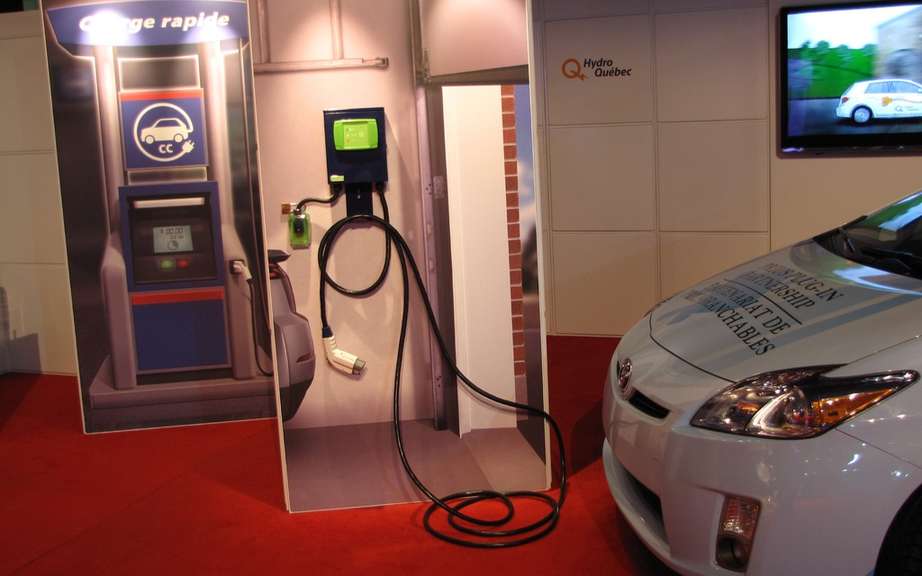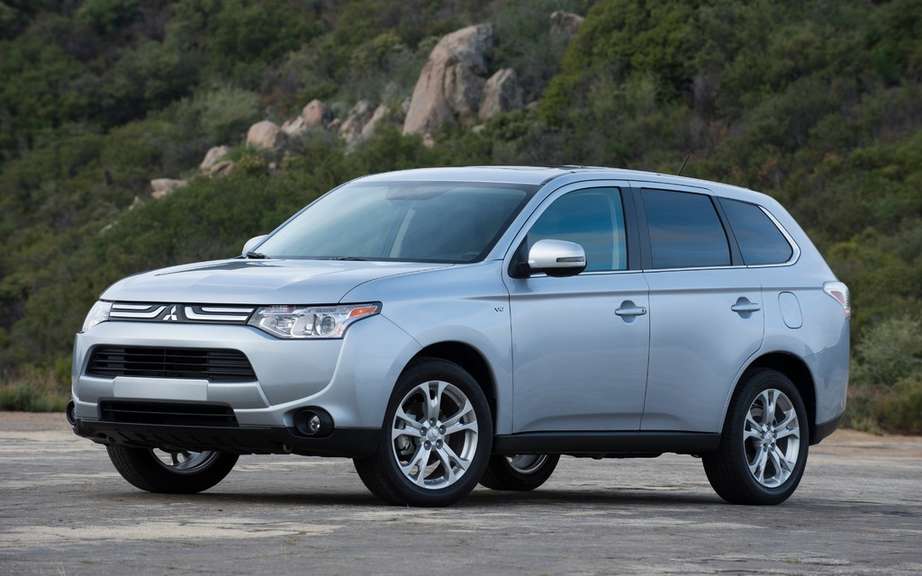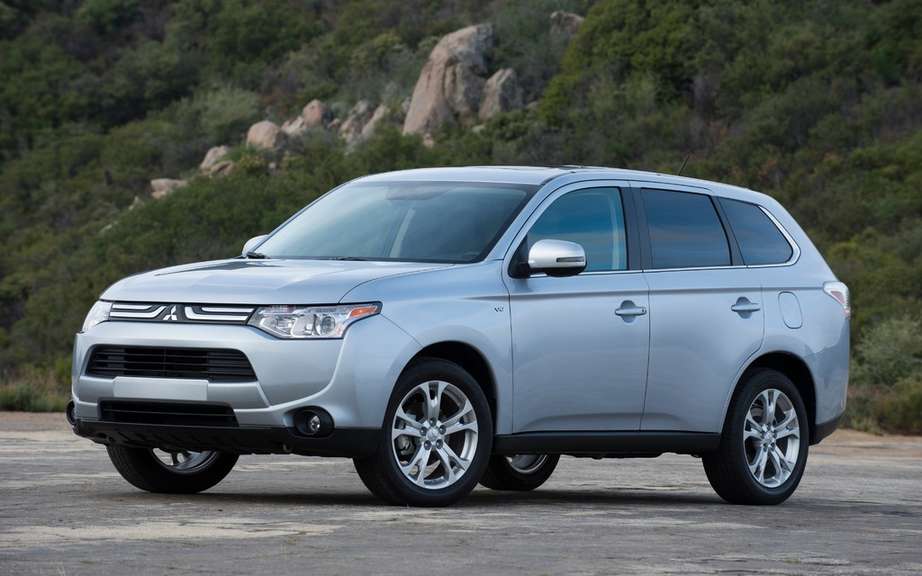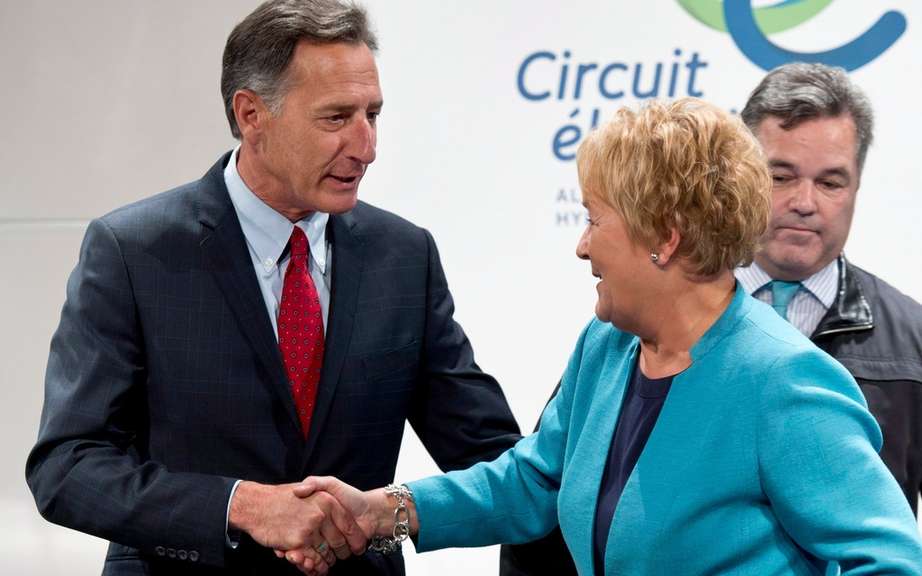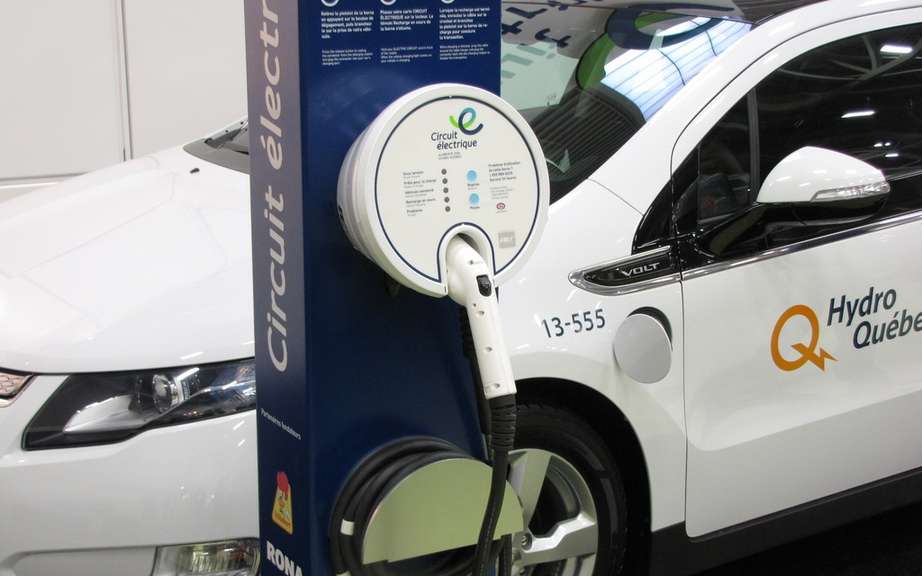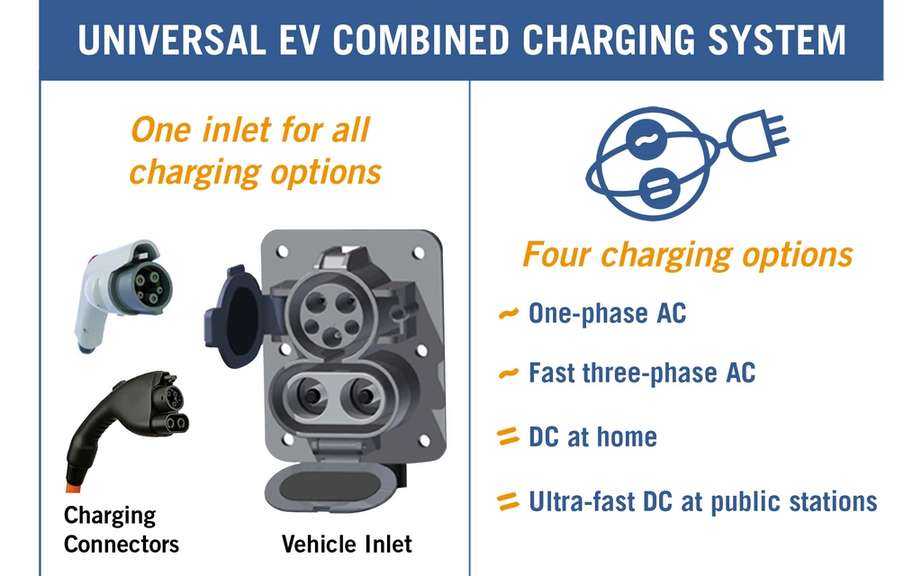Toyota, Nissan, Honda and Mitsubishi want more charging stations
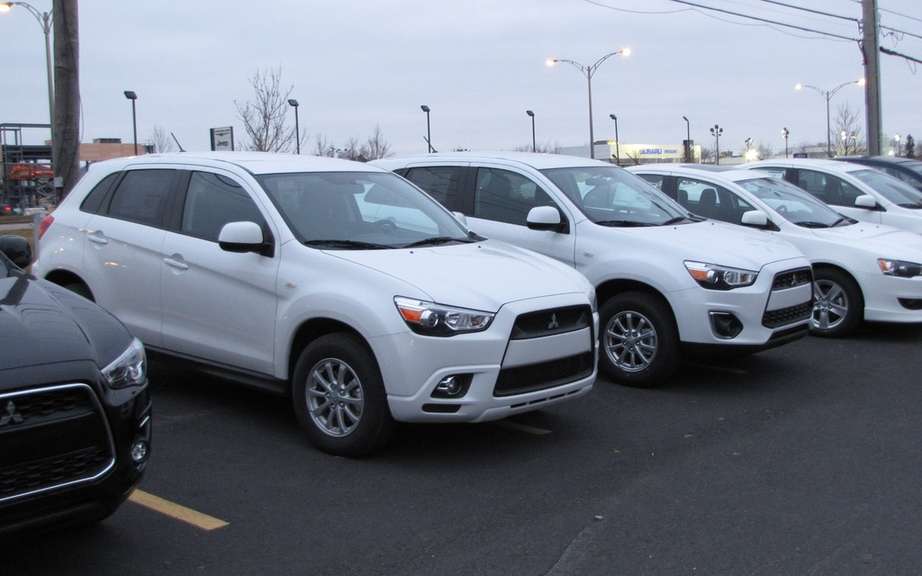
Mitsubishi establishes a sales record of all time in 2013
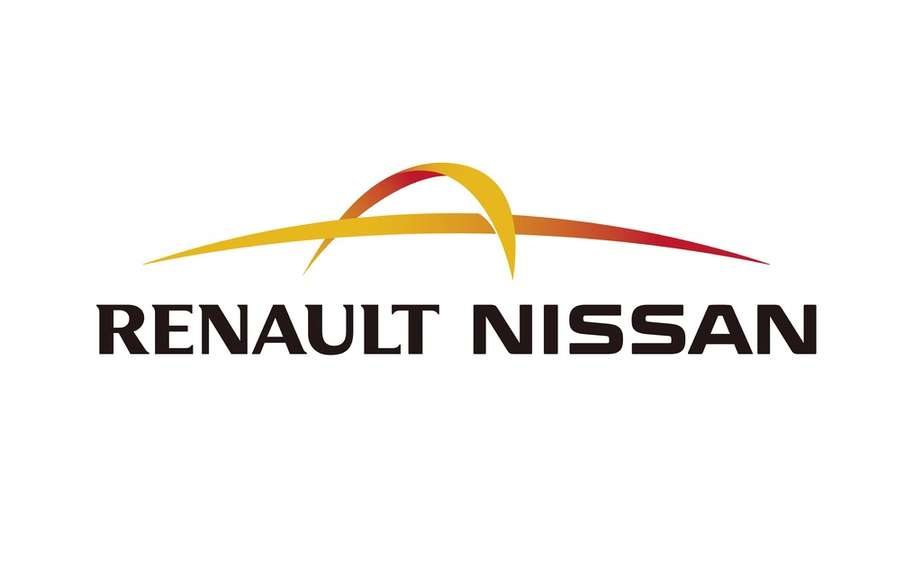
The alliance between Renault-Nissan and Mitsubishi Motors
Toyota Motor Corporation, Nissan Motor Co., Ltd.., Honda Motor Co., Ltd.. and Mitsubishi Motors Corporation have jointly announced their agreement to work together to promote the installation of charging stations for electric a vehicle (PHV, PHEV, EV *) and to establish the services of a preferred network load for Japanese motorists.
This initiative was taken in recognition of the critical need to develop? Quickly implement a charging infrastructure facilities to promote the use of electric vehicles. With the help of grants from the Japanese government, the four manufacturers will assume part of the cost of installing charging stations. In addition, they work together to build a network of charging convenient and accessible in collaboration with companies that already provide services charge and in which four manufacturers have financial interests.
At the moment, there are about 1700 stations and fast charge a little more than 3,000 * normal charging stations in Japan, figures that generally regarded as inadequate. In addition, the lack of coordination among existing providers charging stations can be improved to provide better services to customers charge. The government announced it would grant for the installation of charging stations grants to a total of 100.5 billion yen in the context of its economic policy for fiscal year 2013 to develop infrastructure quickly load and increase the use of electric vehicles powered with alternative energy sources. Currently, each Japanese prefecture is currently preparing its plan to use subsidies. Thanks to this strong support, the four manufacturers collaborate to install charging stations. Previously, each manufacturer evaluated only possible locations of charging stations. Now they have agreed to work jointly provided that the charging infrastructure presents a value for the public and its improvement is executed rapidly during the period of limited duration during which the grants will be available.
There are currently three methods of charging for electric vehicles: base load, which loads a car has a private home or condominium; the destination charge, which loads a car has a place like a mall, a store for DIYers or a family restaurant for the return home; and the load current of displacement, has locations including service areas on a highway, positions willing roadside (michi no eki), gas stations and convenience stores. For the destination charge and the charge during displacement, the normal load is appropriate for judgments of longer duration, while rapid charging suitable for shorter stops.
In terms of utility, the PHV vehicles and PHEV would benefit from extended network of charging stations, because it would maximize the autonomy of these vehicles electric driving mode as well as their fuel efficiency combined. The electric vehicles that provide a clean driving experience without emission, could benefit from a wider network of charging stations to extend their independence for longer displacements.
Under the agreement, the four companies will launch a joint project to work in the following four areas:
1. Promote the installation of charging stations in Japan
Studies are underway to increase by 8,000 the number of posts normal load and 4000 the number of fast charging stations. Normal charging stations could be installed in commercial facilities (eg. Large shopping centers, shops for DIY and family restaurants), which are places of destination charge, or expense items during displacement for judgments of longer duration (eg. service areas on a highway and positions willing roadside), where vehicle could be loaded. Fast charging stations must be installed at locations along the roads to the judgments of shorter duration (eg. Service areas on a highway, the convenience stores and gas stations).
2. Promote the installation of charging stations temporarily assuming part of the installation and maintenance costs.
3. Construct a charging infrastructure that allows to use their vehicle PHV, PHEV and EV preferred way customers
Collaboration between companies that currently provide services charge and each manufacturer has already been assured (Japan Charge Network Co., Ltd.., Charging Network Development, llc and Toyota Media Service), which would lead to the creation of an infrastructure more practical load. An example is the possibility offered to the owner of a car to load it at any charging station is using the same card.
4. Working with government agencies and regional governments
The electric vehicles are the driving force of initiatives concerning sources of alternative energy. The government aims to increase the use of these vehicles next generation for the PHV, PHEV and EV reach a ratio of 15 to 20 percent of new car sales in 2020. The four manufacturers have undertaken to develop infrastructure load that is more friendly and contribute to the creation of a society in which the use of electric vehicles can be maximized.
* 1 Car pluggable hybrid (PHV) plug-in hybrid electric vehicles (PHEVs), electric vehicles (EV).
* 2 Based on data collected from Toyota, Nissan, Honda and Mitsubishi.
Source: Toyota
